
6 Awesome Sustainable Homes
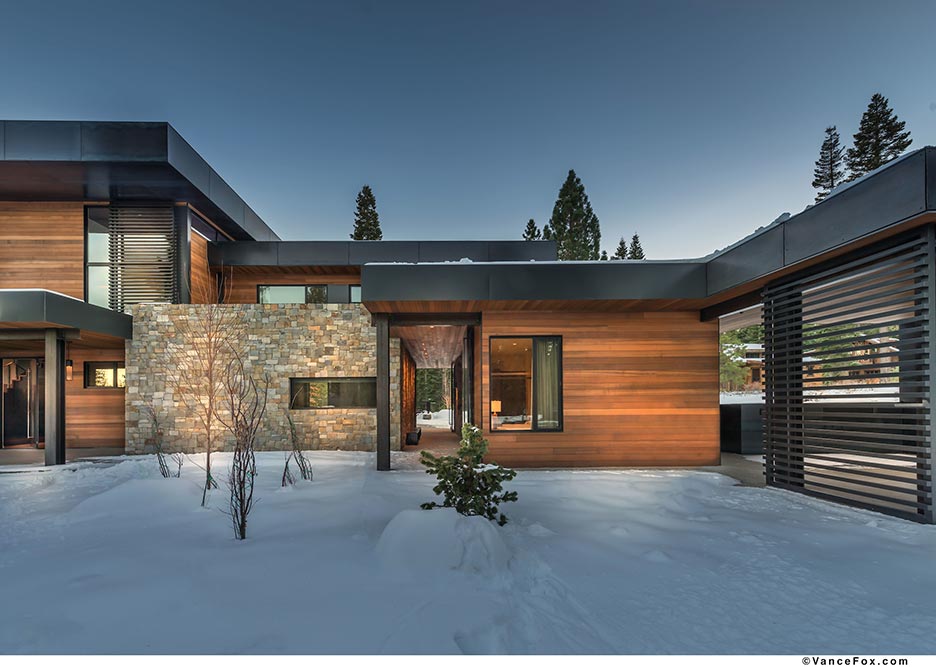
Perhaps the most important issue we as humans face today is climate change. It has already caused cataclysmic damages to the environment and will continue to do so if we don’t do anything to stop it. Roomhints aims to help us combat this issue by giving resources to build a sustainable home.
But it’s not all bad – much progress has already been made. One area we can make great improvements in is with the way we construct our homes. Regardless of specific aesthetics, there are many options to make your home eco-friendlier. Read on to find out more!
Hint #1: Prefab Homes
BENEFITS OF PREFABS
A prefab, or prefabricated home, is built offsite in a factory and then shipped to a building site in pieces to be assembled on the home lot. Prefab homes are more than just affordable — they come with a plethora of benefits for their owners and the earth!
LESS WASTE
It’s easier to gauge how much material is required for a prebuilt home since the same formula is followed for each model. This means that prefab manufacturing results in far less material waste than traditional builds. And since materials are stored in a factory instead of on-site, they’re less likely to be stolen, vandalized, or damaged.
DURABILITY
Not every house could stand up to the long journey of being shipped to another site. Prefab homes require extra materials to reinforce the house frame for delivery, so they’re inherently more durable than traditionally-built homes.
SHORT CONSTRUCTION TIME
By the time a traditional site is prepared for the building process, a prefab home will already be built. And since building takes place indoors, weather delays won’t pose any problems. The National Association of Home Builders estimates that most prefab projects are completely finished in around 5 months — sometimes in as little as 60 days!
LOWER AVERAGE PERMIT VALUE
The National Association of Home Builders, states an “average permit value of $76.80 per square foot versus $94.34 for site-built.” Average permit value is a more useful figure than price according to Paul Emrath, NAHB vice president for survey and housing policy research. “It is necessary to base the cost comparison on permit value rather than price, because about 80 percent of modular homes are custom built on the owner’s lot and therefore record a sale price, unlike site-built homes that are often built speculatively for sale at some point in the future.”
Prefabricated homes (or prefab, for short) are houses that are constructed in an off-site factory and are then transported to the eventual destination. They are different from manufactured homes in that it is not a mobile home – the components are transported to the construction site and then assembled. This process already entails a plethora of advantages. Prefab houses are easier on your wallet and since all the components have to be sturdy enough to survive the (sometimes) lengthy transport, they are constructed of reinforced materials, making them more durable than conventional parts.
One company of prefab homes that we love is Node. Node homes are the perfect option for a backyard cottage or a small structure on a beautiful piece of land.
- A state-of-the-art building envelope
- Non-toxic materials
- Solar and energy storage
- Energy-efficient through systems integration
- Low impact and easy to install foundation system option.
By changing the way we build, we can deliver sustainable, healthy, well-designed sustainable homes at a lower cost than conventional construction.
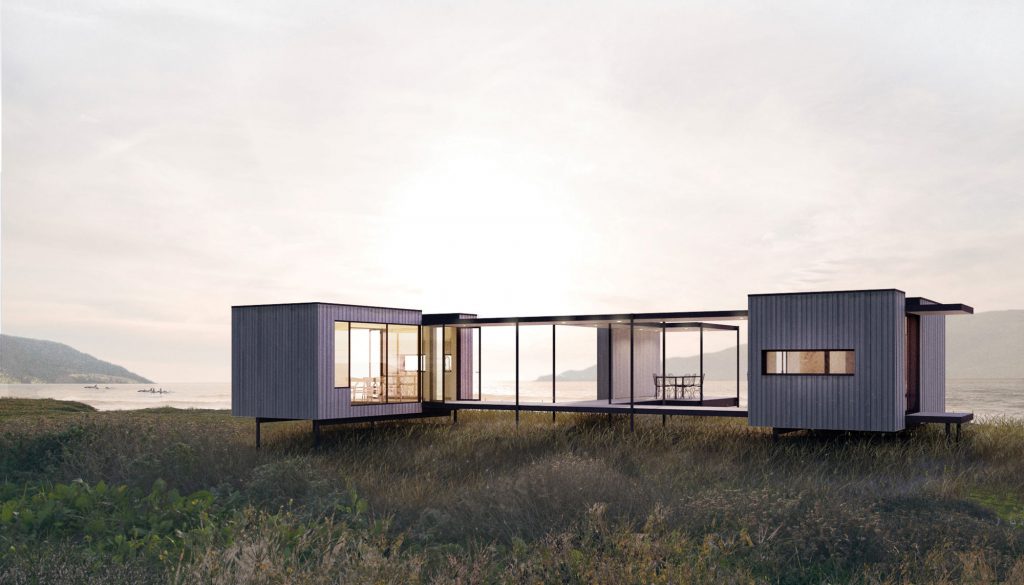
You may also stumble across prefabs being referred to as modern prefab homes.
But how do prefab houses help the environment? Since they are not constructed on-site, but rather built in a factory and then shipped, they are designed with a very specific process already in mind. This results in less waste being produced during construction. Because prefab homes are an option people choose to be more sustainable, they are often made with energy-efficient and environmentally friendly materials to suit customer’s expectations.
If this sounds like something you might be interested in you can find some great examples here: methodhomes.net

Hint #2: Zero Carbon House
Zero carbon houses are a fairly new idea, that is made possible in large parts due to the newest innovations in the fields of smart technology and renewable energy.
These sustainable homes are the kings of energy efficiency. In fact, they are so energy efficient, that their annual net carbon footprint is (unsurprisingly) zero. While still being connected to the grid, they use different techniques to counteract any carbon they produce. Thanks to the optimized usage of renewable energy sources, they not only neutralize their own carbon footprint but oftentimes outweigh this to even become net positive.
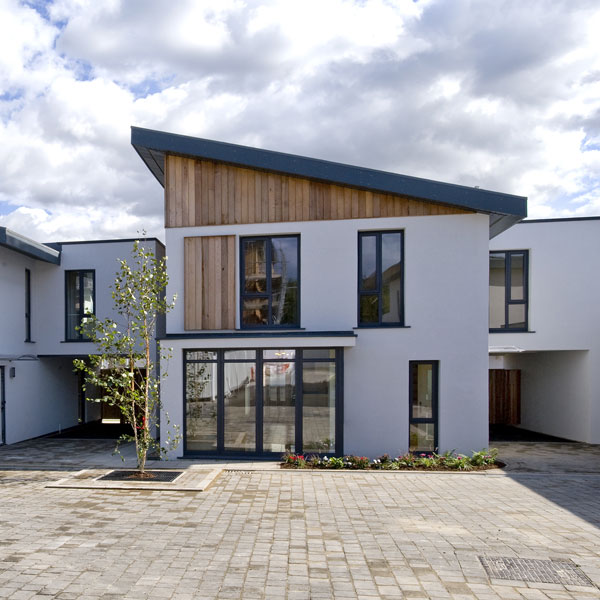
As of now, they are not all that common, seeing as the technology needed is still in its infant stages. With rising attention and increased funding, zero-carbon houses might become a real possibility in the near future. If successful, this will be a great step towards battling climate change.
Hint #3: Tiny Homes
Perhaps one of the most charming ways to live a sustainable life is the tiny home. This sustainable home saves a lot of energy by simply scaling down dramatically. There are by and large between 100 and 400 square feet wide, sometimes being constructed to function as mobile homes, that can be loaded on a trailer and brought to a new location.
Since they are so small, tiny homes maximize space wherever possible. To this end, they employ convertible furniture (similar to what is seen in RVs) or multi-use rooms.
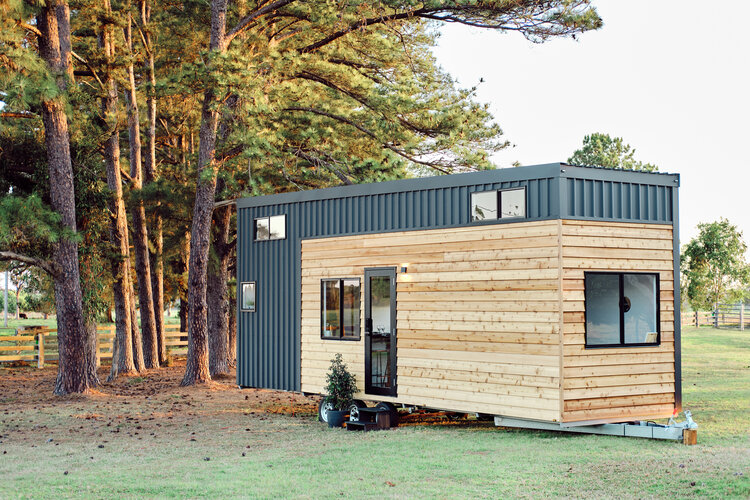
Although living in a small place is not really a new notion, they are making a strong resurgence as a sustainable home. Their small size allows them to use less space and materials during construction. They also need less energy to function. Like with the prefab home, many manufacturers have responded to the desires of their customers by using either local or reclaimed materials, thereby decreasing their environmental impact even more.
Also like a prefab home, a tiny house will even save you money. The mortgage is low or nothing and the energy bills are significantly lower than those of a conventional home – all the while going easy on the environment!
Hint #4: Container Homes
Again, this is fairly self-explanatory: Container homes are made of out-of-use shipping containers. This is not a crazy new, pie-in-the-sky proposal, but has already seen applications in multiple scenarios. It has been used to construct dorms and even a Starbucks Drive-Thru. If considering a container home, don’t be dissuaded by the industrial aesthetics; these containers can be altered to fit any number of possible designs.
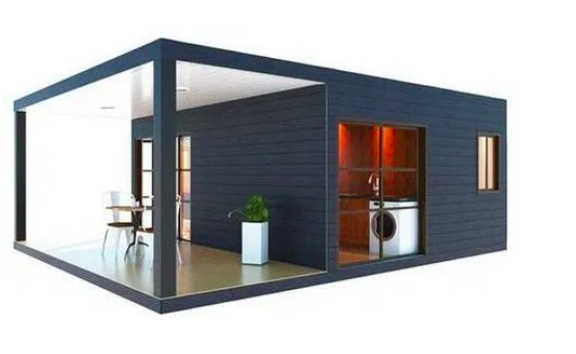
Seeing as they are made of solid steel, container homes are incredibly durable. What’s more, because the containers are already made, the construction costs for a container home are incredibly low (some models are feasible for less than $35,000!). The rectangle shape allows for solar panels to be installed on top of them.
Hint #5: Earthships
The most futuristic of all sustainable homes, the aptly named Earthships are entirely self-sustaining homes. They are off-the-grid and made of a combination of natural and recycled building materials. Essentially, an Earthship is its own little biosphere, managing to regulate the temperature within the house naturally, powering itself through the use of solar and wind energy sources, producing their own food and even collecting water from rain or snow.
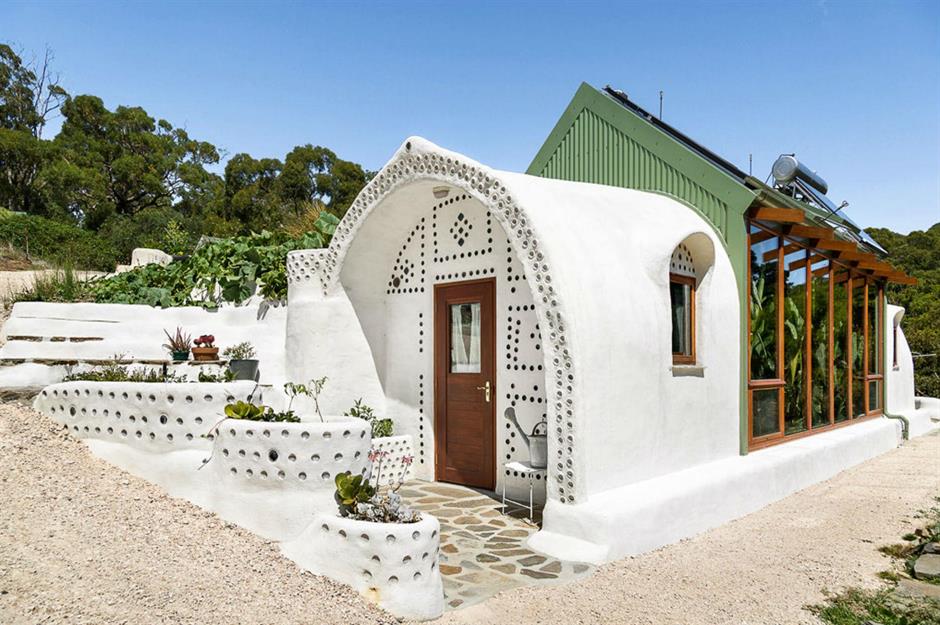
Obviously, this sort of home is still very new and rarely actually put into practice. But their ability to self-sustain makes looking further into them worth the effort.
For more inspiration on Earth Ship sustainable homes check out the home of Harry Schaeffer in Taos New Mexico.
“Huge thanks to everyone who helped me along the way through distant support or by getting their hands dirty. Infinitely grateful to @calearthinstitute for teaching me it’s possible to build my way into homeownership. It’s a profound feeling to take a step back and say “Wow, I built that!” 108 days, 1787 bags, $1986 dollars, 170 square feet, and a lifetime of gratitude. What a summer.” Harry Schaeffer.
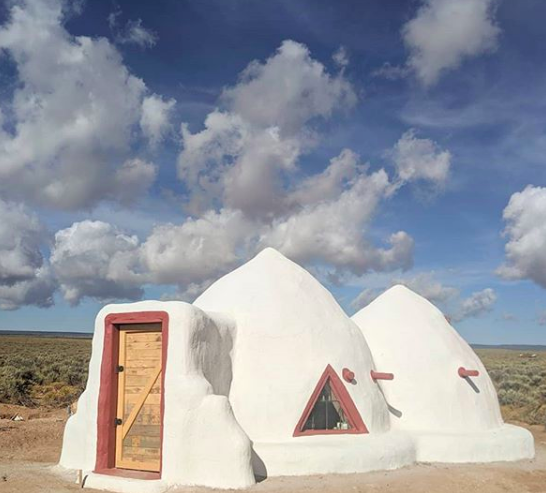
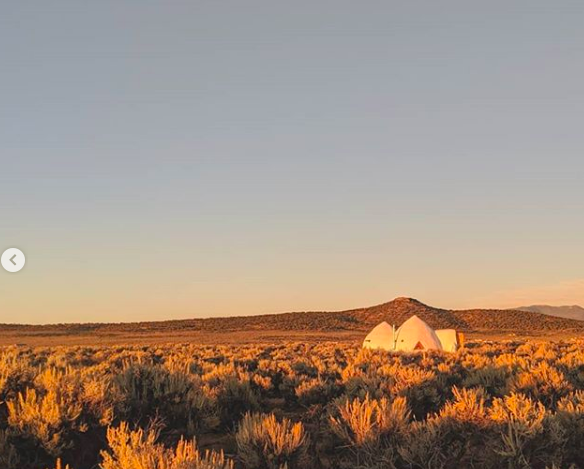
Hint #6: Green Certified Homes
Sustainable homes are possible even without one of the above-mentioned designs. To this end, many organizations have established specially designated green building certifications.
One of the most esteemed of these certifications is LEED (Leadership in Energy and Environmental Design). LEED operates on any kind of building – be it a private home or an office space. Its network spans all over the world. During development, construction companies can earn points that later earn them different levels of LEED certification. The levels are: certified, silver, gold, and platinum.
Whenever inspecting buildings of any kind, you should always look out for LEED certification.
For more inspiration on how to pick sustainable items for your space check out our article on Eco-Friendly Nursery Designs.